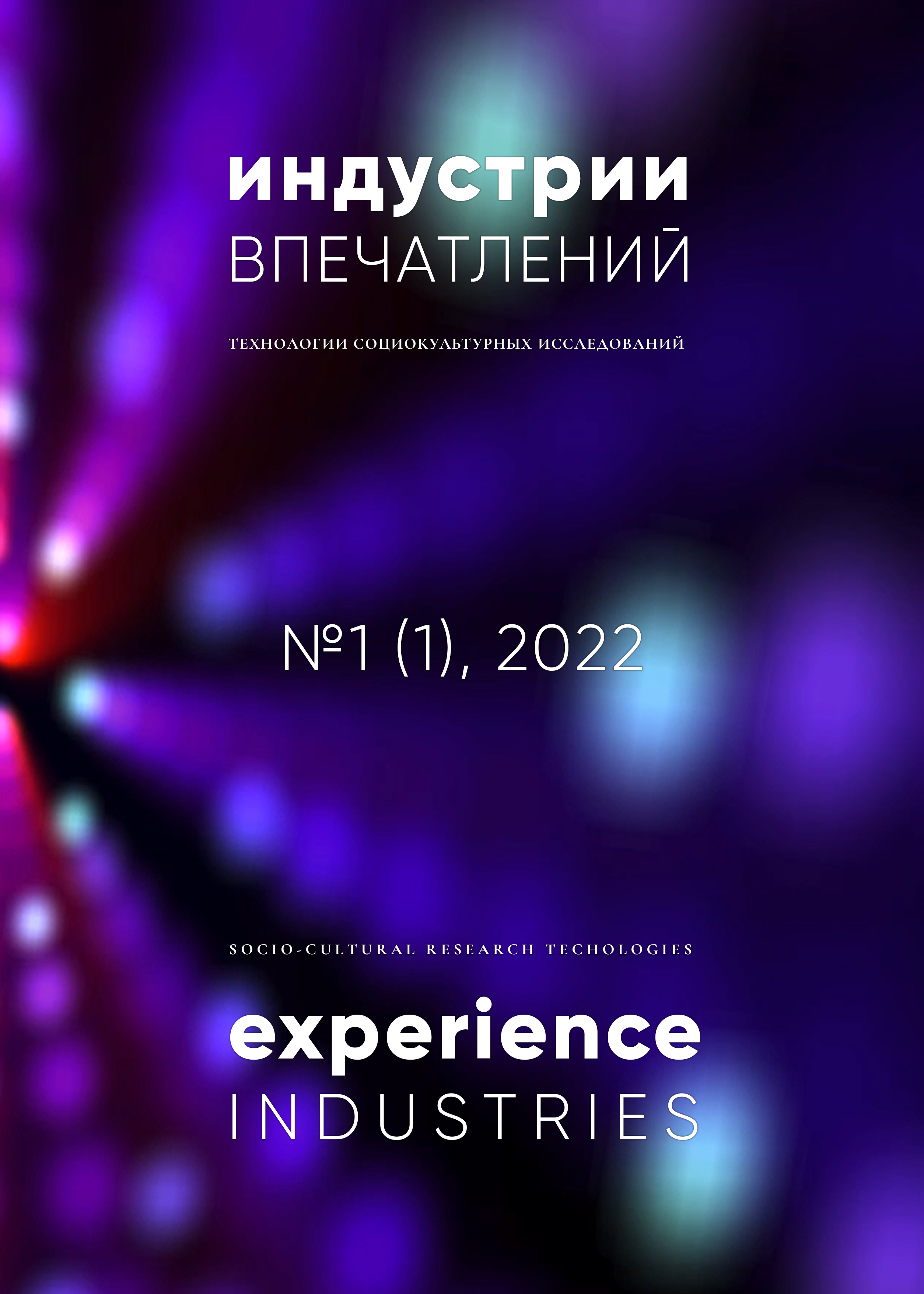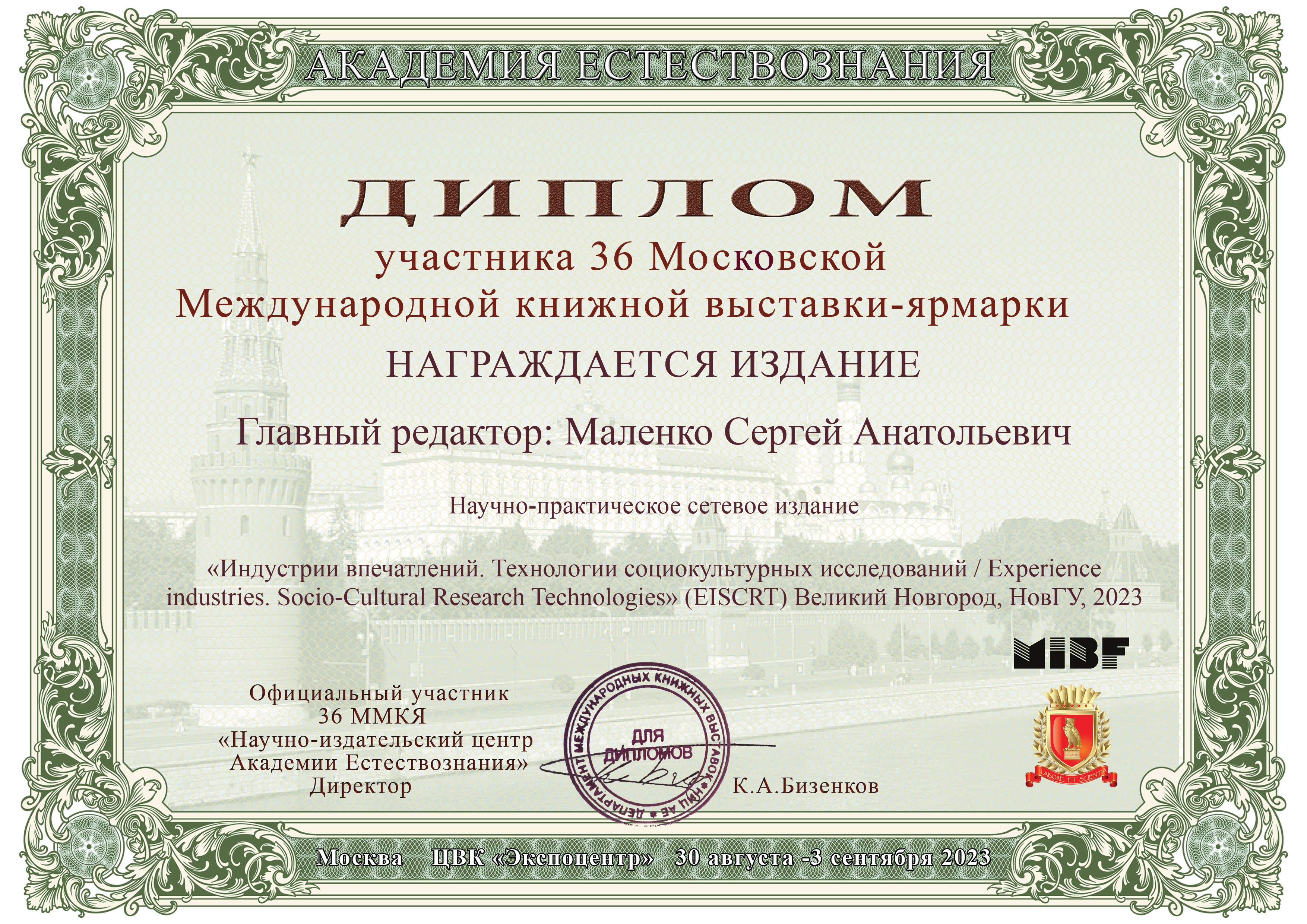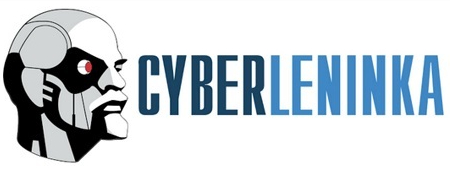WITH THE SHOCK OF LIFE: MASS CONSUMPTION OF HORROR IN MODERN INTERNET CULTURE
DOI:
https://doi.org/10.34680/EISCRT-2022-1(1)-213-232Keywords:
horror, digital horror, shock content, internet culture, creepypasta, horror game, computer game, popular cultureAbstract
The article examines the phenomenon of digital horror from the point of view of analyzing specific images that arise in the Internet space. The author analyzes the ways in which the creators of digital horror artifacts shock Internet users, such as creepypasta and a computer horror game. Since this environment allows you to distribute texts as quickly as possible, spontaneously, and with minimal costs, digital horror becomes truly massive, and its forms reveal a clear connection with the products of mass culture. The author comes to the conclusion that the Internet space transforms familiar images of mass culture, not only through digitalization (that is, moving a work or image into digital space), but also through their demonization and transformation into an image of horror. Creepypastas and computer horror games actively use secondary images based on images of popular culture to intimidate the user.
For citation:
Fedina, O. V. (2022). With the shock of life: mass consumption horror in modern internet culture. Experience industries. Socio-Cultural Research Technologies (EISCRT), 1 (1), 213-232. (In Russian). https://doi.org/10.34680/EISCRT-2022-1(1)-213-232








